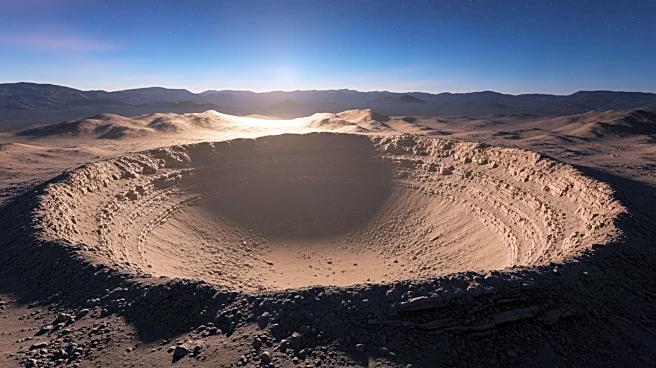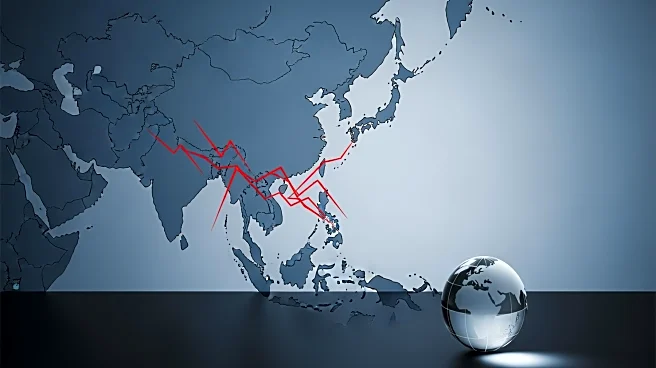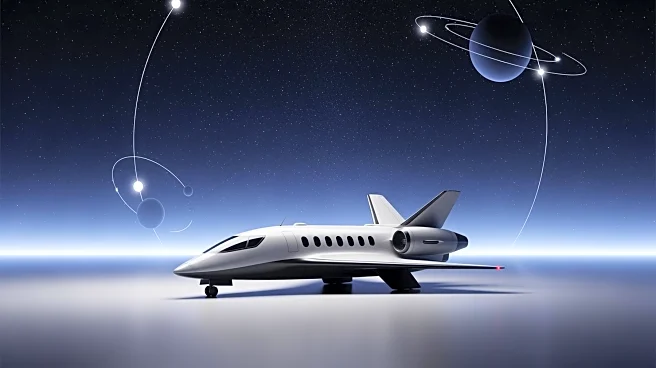What's Happening?
Researchers from China have identified a newly discovered impact crater, named Jinlin crater, located in Zhaoqing, Guangdong Province. The findings, published in the journal Matter and Radiation at Extremes,
reveal that the Jinlin crater is the largest identified Holocene impact structure, measuring approximately 900 meters in diameter and 90 meters deep. This discovery indicates a greater scale of extraterrestrial impacts during this epoch than previously recorded. The crater was formed by a meteorite during the early-to-mid Holocene, which began about 11,700 years ago. The preservation of the crater is attributed to granite layers containing quartz with planar deformation features, signifying intense shock pressures unique to celestial body impacts.
Why It's Important?
The discovery of the Jinlin crater contributes significantly to understanding Earth's impact history. It provides an objective basis for studying the distribution, geological evolution, and impact regulation of small extraterrestrial objects. The preservation of the crater, despite the region's climate featuring heavy rain and high humidity, offers insights into the geological processes that can preserve such structures. This finding challenges previous assumptions about the scale of impacts during the Holocene epoch and highlights the importance of identifying and studying impact craters to understand Earth's geological history and the frequency of extraterrestrial impacts.
What's Next?
Further research is likely to focus on determining the exact composition of the meteorite that created the Jinlin crater, whether it was stone or iron. Additionally, scientists may explore other regions with similar geological conditions to identify more impact craters. This discovery could lead to increased interest in studying impact craters globally, potentially uncovering more about Earth's history and the frequency of extraterrestrial impacts. Researchers may also investigate the implications of such impacts on Earth's climate and ecosystems during the Holocene epoch.
Beyond the Headlines
The discovery of the Jinlin crater raises questions about the potential for undiscovered impact craters on Earth, particularly in regions with challenging climates that may preserve such structures. It also highlights the role of advanced geological techniques in identifying and studying impact craters, which can provide valuable information about Earth's history and the dynamics of celestial impacts. The preservation of the crater in a region prone to erosion suggests that similar structures may exist elsewhere, offering opportunities for further exploration and study.












